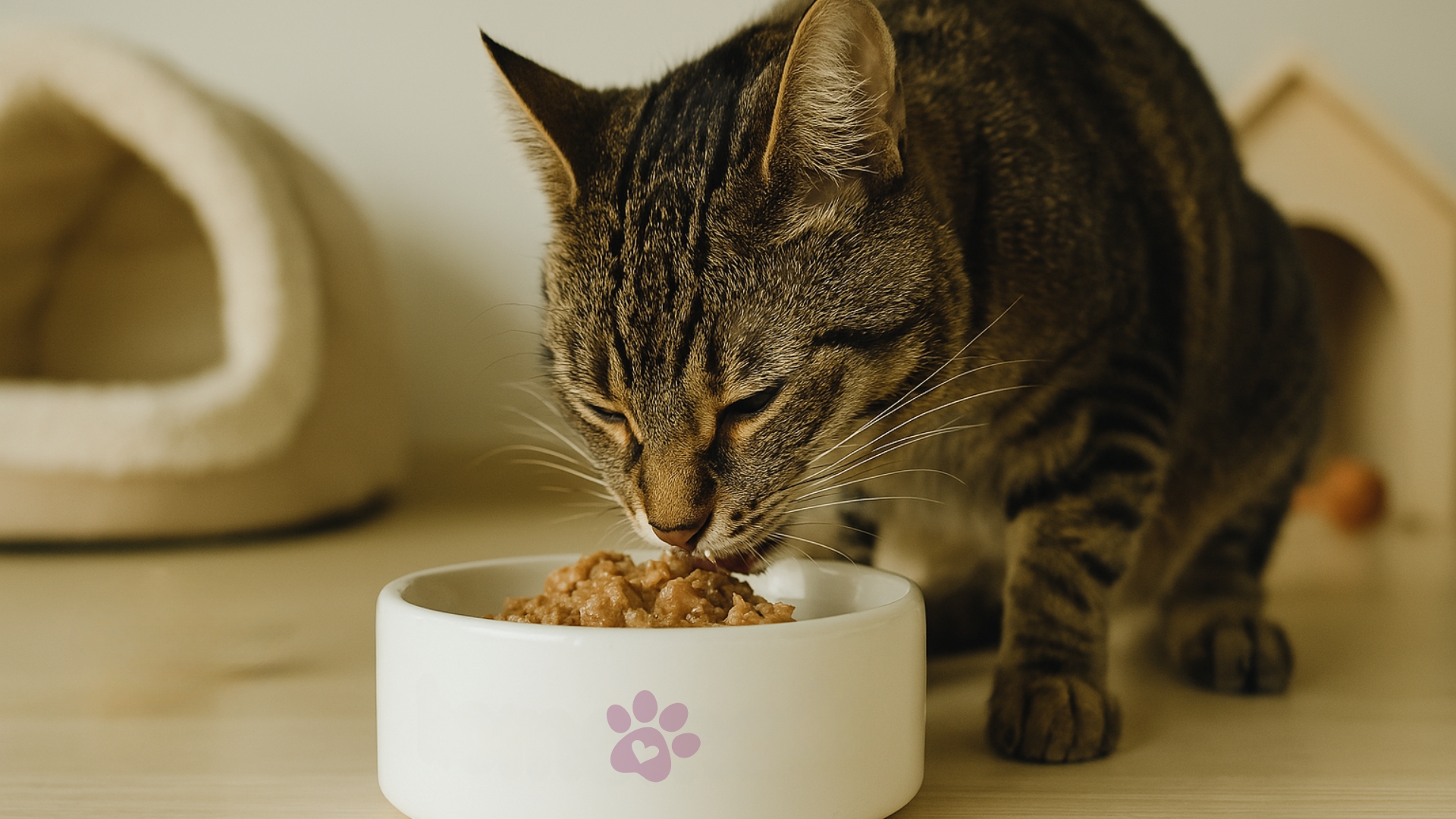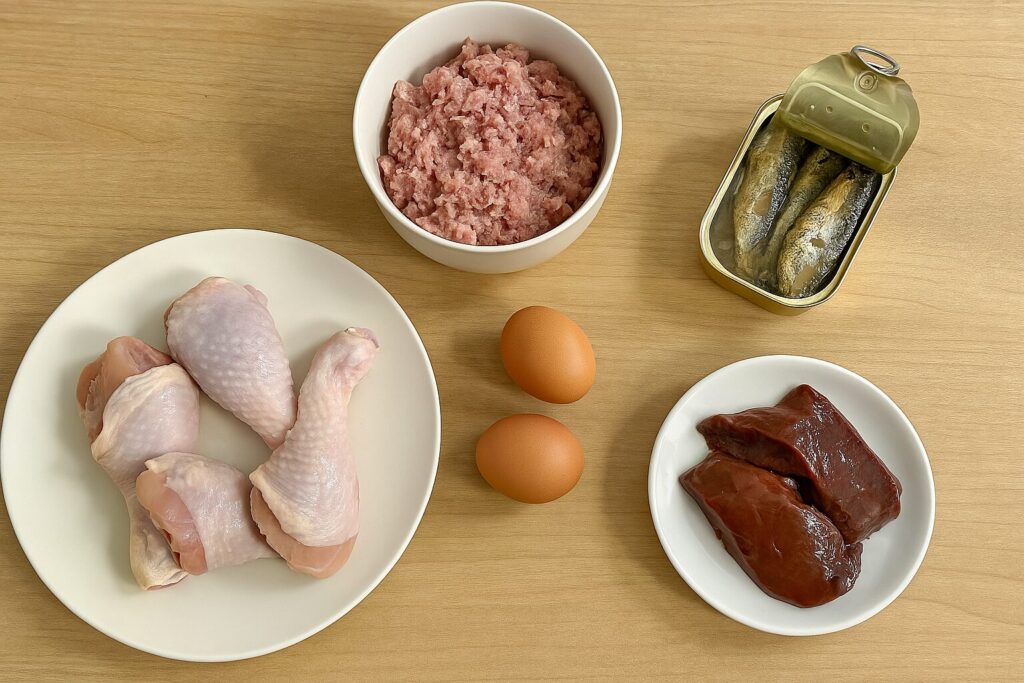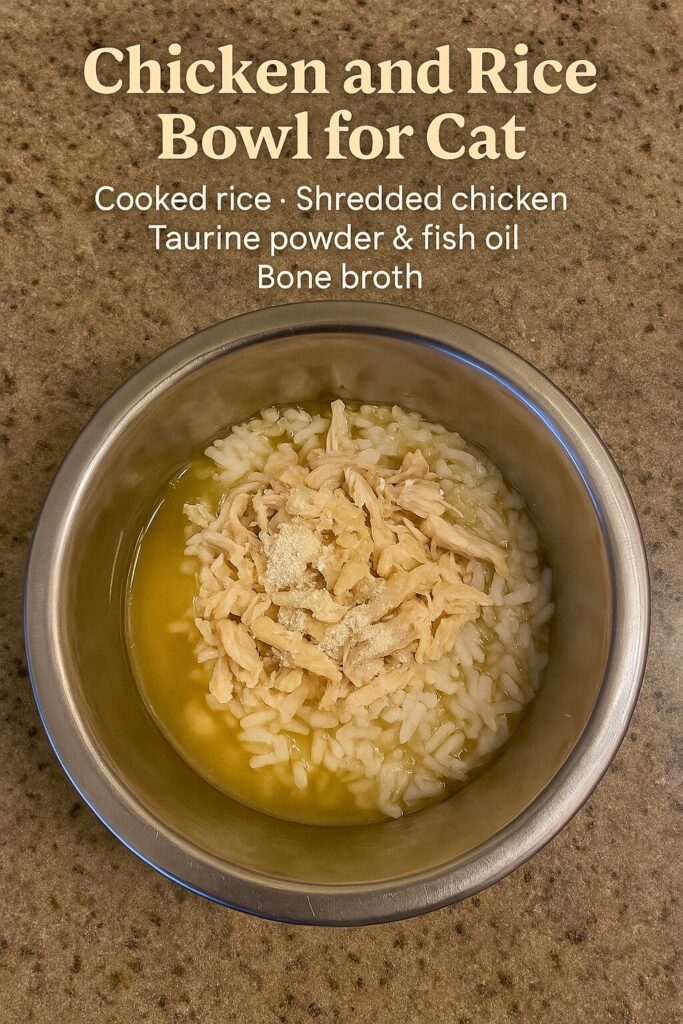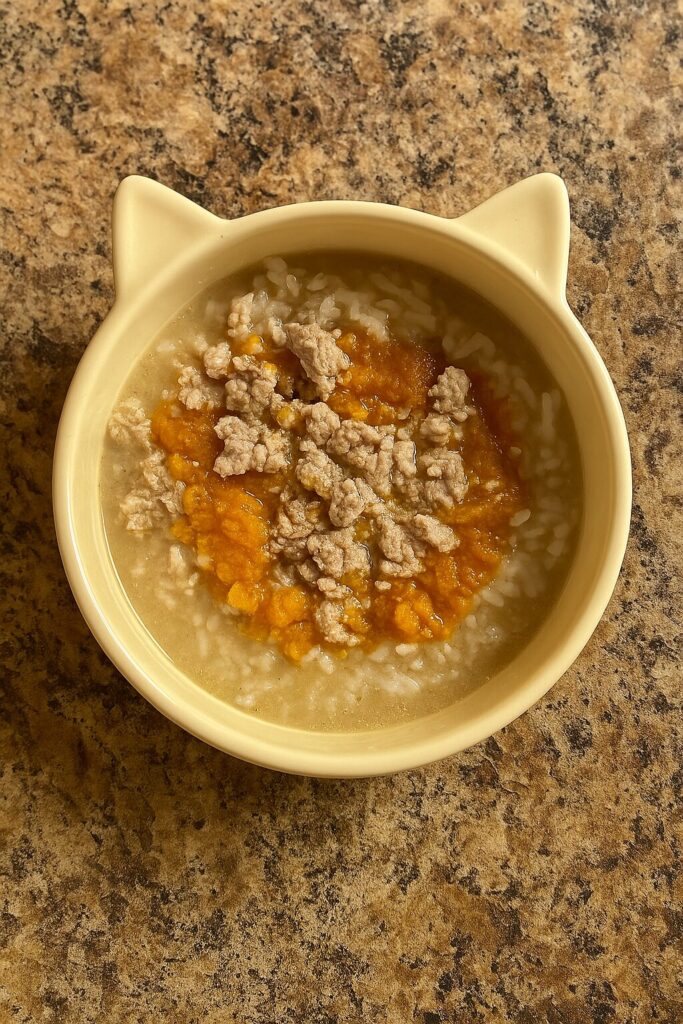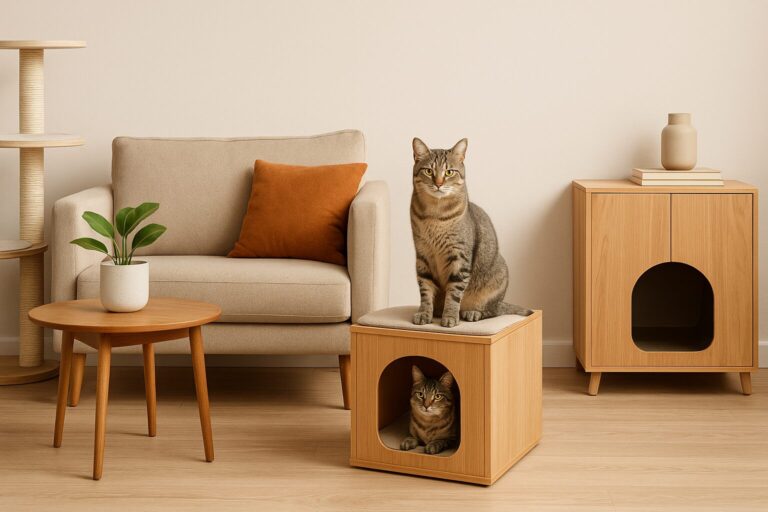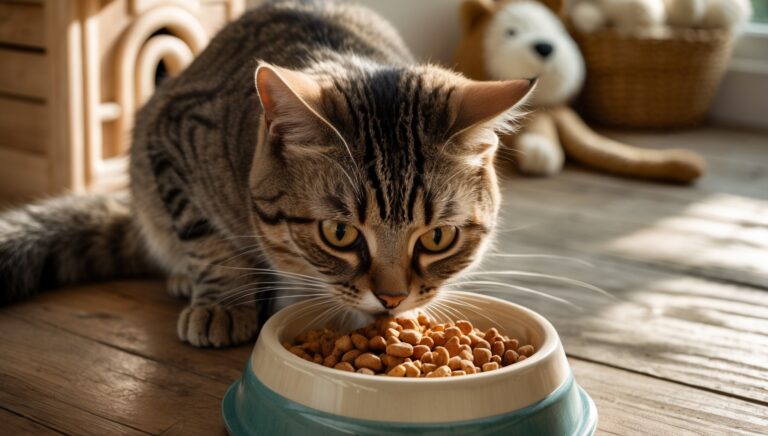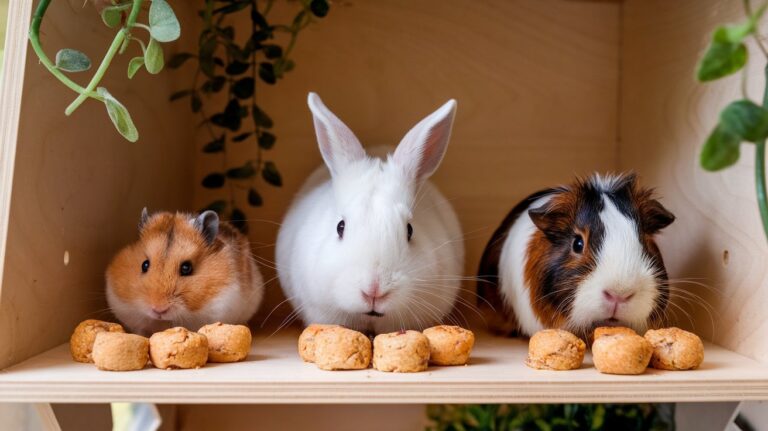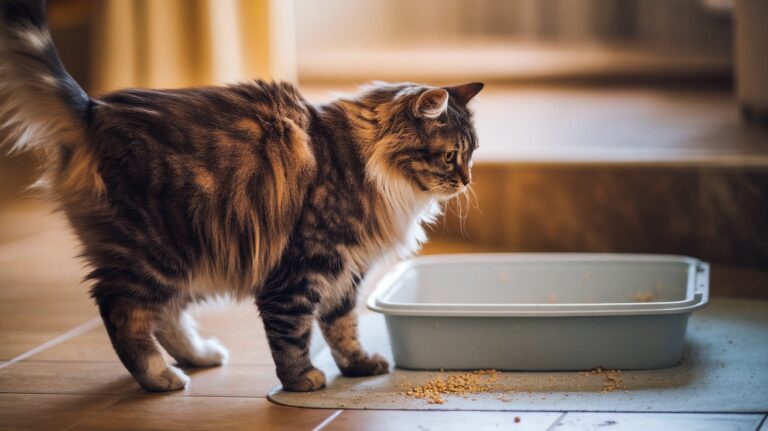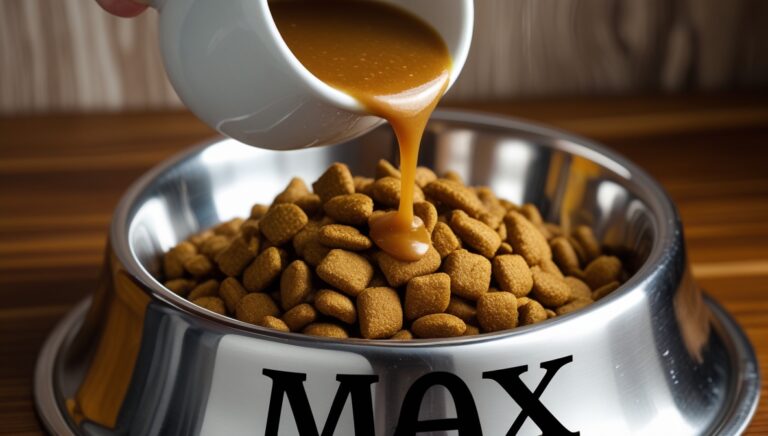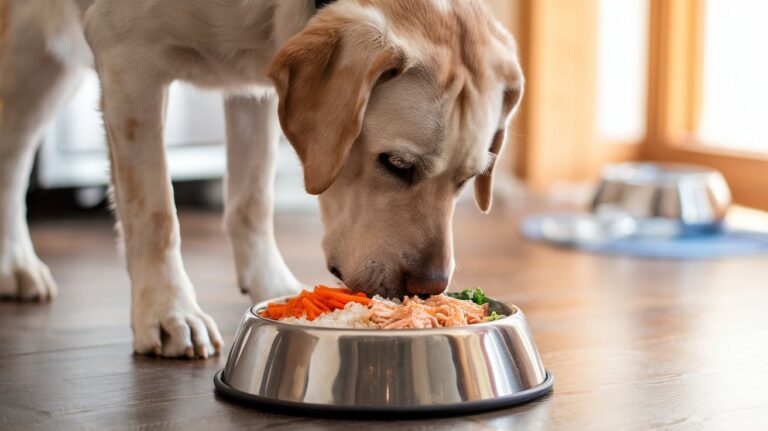How to Make Homemade Cat Food on a Budget
Save Money While Keeping Your Cat Healthy and Happy
Feeding my cats high-quality meals without draining my wallet has been a real game-changer. If you’re like me, you want only the best for your furry sidekick—but store-bought food gets pricey fast. That’s why I started making homemade cat food. It’s more affordable than you’d think, surprisingly fun, and most importantly—tailored to your cat’s needs.
In this guide, I’m sharing all the tips, recipes, and mistakes I’ve learned along the way. Whether you’re just curious or ready to commit, let’s make mealtime healthier and budget-friendly.
Why I Switched to Homemade Cat Food
It started when I flipped over a bag of cat kibble and couldn’t pronounce half the ingredients. Fillers, by-products, and a price tag that made me wince? No thanks.
So I tried making my own cat food, and here’s why I stuck with it:
- It’s cheaper. Especially if you plan and prep in bulk.
- I know what’s in it. No surprises—just real, fresh food.
- It’s easier to customize. One of my cats has a sensitive stomach, and homemade meals helped a lot.
- It feels good. There’s peace of mind in knowing your cat is getting the best.
Is Homemade Cat Food Really Cheaper?
Short answer? Yes.
Once I broke it down, some commercial cat meals were costing me $2–$2.50 per serving. But by prepping at home, I brought that down to $0.75–$1 per meal.
Here’s how I save:
- Buying proteins like chicken thighs or turkey in bulk.
- Cooking and freezing weekly batches.
- Shopping farmer’s markets and watching sales.
It adds up fast—and bonus: my cats are healthier, so I spend less at the vet.
What Your Cat Actually Needs (It’s Simpler Than You Think)
Let me be real—this part confused me at first. But after talking to my vet and doing a bit of research, I realized cats need just a few essentials:
- Animal protein. Chicken, turkey, beef, fish—all fair game.
- Taurine. A must-have amino acid. Cats can’t make it on their own.
- Fats. Healthy ones like fish oil or chicken fat.
- Vitamins & minerals. Calcium, B vitamins, and more.
- Water. Hydration is super important since cats don’t drink much.
Your vet can help tailor this based on your cat’s age, weight, and health. Please don’t skip this step.
My Favorite Budget Ingredients
Here’s what I use again and again because they’re affordable, healthy, and my cats actually eat them:
Affordable Proteins
- Chicken thighs (boneless, skinless)
- Ground turkey
- Canned sardines (in water)
- Eggs (hard-boiled or scrambled)
- Beef liver (in small amounts only)
Add-ins That Stretch Your Budget
- Pumpkin puree (great for digestion)
- Cooked rice or oats
- Mashed carrots or peas
Low-Cost Nutrient Boosters
- Fish oil
- Crushed eggshells (for calcium—baked and ground)
- Unsalted bone broth
- Brewer’s yeast (rich in B vitamins)
3 Easy Homemade Cat Food Recipes I Use
These are beginner-friendly and vet-reviewed. Prep time: about 10 minutes.
1. Chicken & Rice Bowl
- 1 cup cooked, shredded chicken thigh
- 2 tbsp cooked white rice
- 1 tsp fish oil
- 1/4 tsp taurine supplement
- Splash of bone broth
2. Sardine Power Mix
- 1 small can sardines in water
- 1/4 cup mashed peas or pumpkin
- 1 boiled egg, mashed
- A pinch of crushed eggshell powder
3. Turkey & Pumpkin Blend
- 1 cup cooked ground turkey
- 1 tbsp pumpkin puree
- 1 tbsp cooked oats
- Dash of brewer’s yeast
- 2 tbsp warm water
Pro Tip: Portion into containers, label with the date, and freeze. I use silicone trays for easy pop-out meals.
My Budget Tips That Really Work
Saving money while cooking for your cat isn’t just possible—it’s easier than you think.
Here’s what helps me:
- Cook in big batches and freeze for the week.
- Reuse plain leftovers (like unseasoned chicken or veggies).
- Use basic kitchen tools—no need for fancy gadgets.
- Label every container. You’ll thank yourself later.
Supplements: The One Thing I Never Skip
Even if your meals seem balanced, most homemade diets still need supplements—especially taurine.
I buy a basic feline supplement mix online for about $10/month. It’s vet-approved and covers the major nutrients. Trust me—this tiny investment protects your cat’s long-term health.
Skipping supplements? That’s a no-go. It can lead to serious health issues.
Mistakes I Made So You Don’t Have To
I messed up a few times when I started, and I want you to avoid those same slip-ups:
- I skipped talking to my vet. Big mistake. Your vet knows best.
- I accidentally fed garlic. Yikes—it’s toxic. Same goes for onions.
- I followed a random blog recipe without checking the nutrients.
- I rushed the transition and ended up with an upset kitty.
How I Switched My Cat to Homemade Food
I took it slow, and that made all the difference.
Day 1–3: 25% homemade, 75% current food
Day 4–6: 50/50
Day 7–9: 75% homemade, 25% current
Day 10+: 100% homemade
If your cat is picky or has a sensitive stomach, stretch this over two weeks.
Common Questions I Get All the Time
Is this actually cheaper?
Absolutely. You’ll save more with each batch.
Can I go raw instead of cooked?
Sure—but raw diets need more safety checks. Ask your vet before starting.
Can I skip taurine if I’m feeding meat?
Nope. Even meat-based meals often lack enough taurine.
What’s the cheapest protein cats love?
Chicken thighs win every time in my house.
How do I know if it’s working?
Look for a shiny coat, regular energy, and good digestion. Schedule regular checkups too.
Final Thoughts
Making homemade cat food on a budget isn’t just possible—it’s incredibly rewarding.
With a bit of planning and vet-approved info, you can nourish your cat with meals that are wholesome, delicious, and easy on your wallet.
Start simple. Stay consistent. And enjoy the process.
📌 Pin this guide for later—especially when you’re ready to stock your freezer with budget-friendly cat meals!

